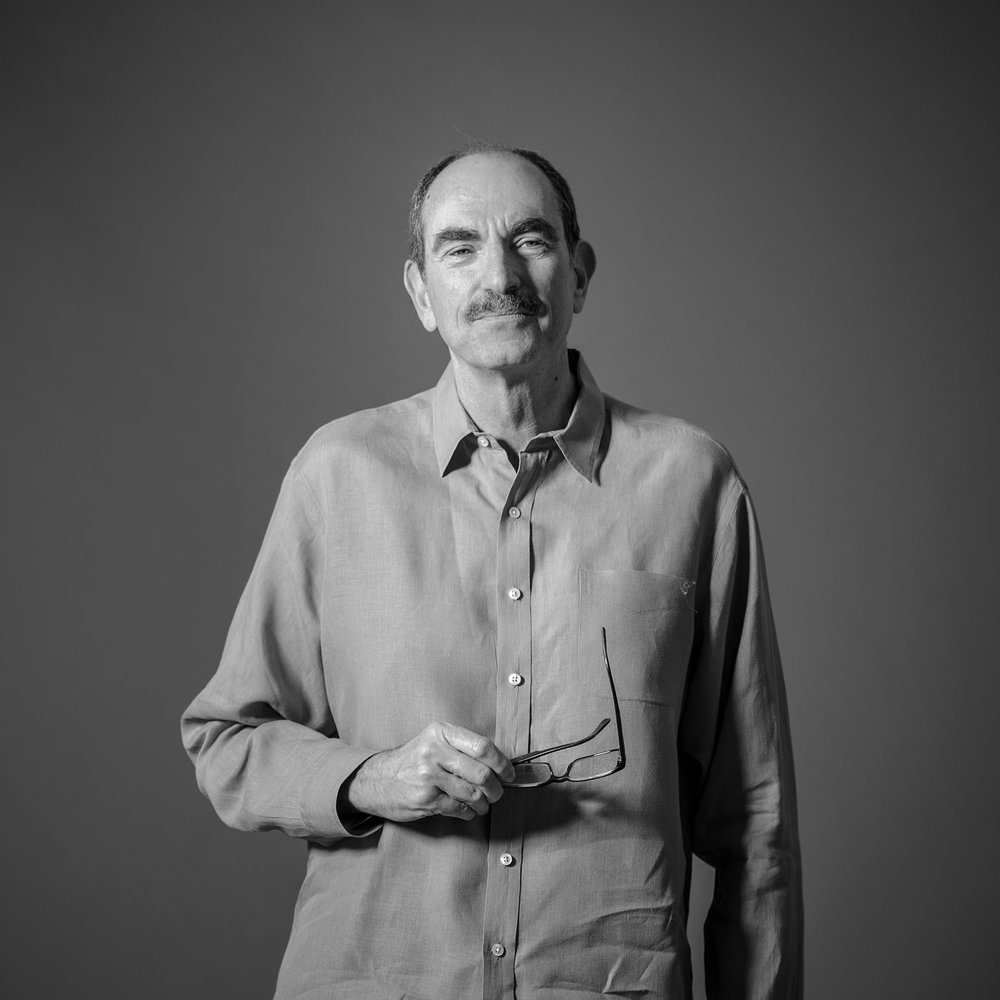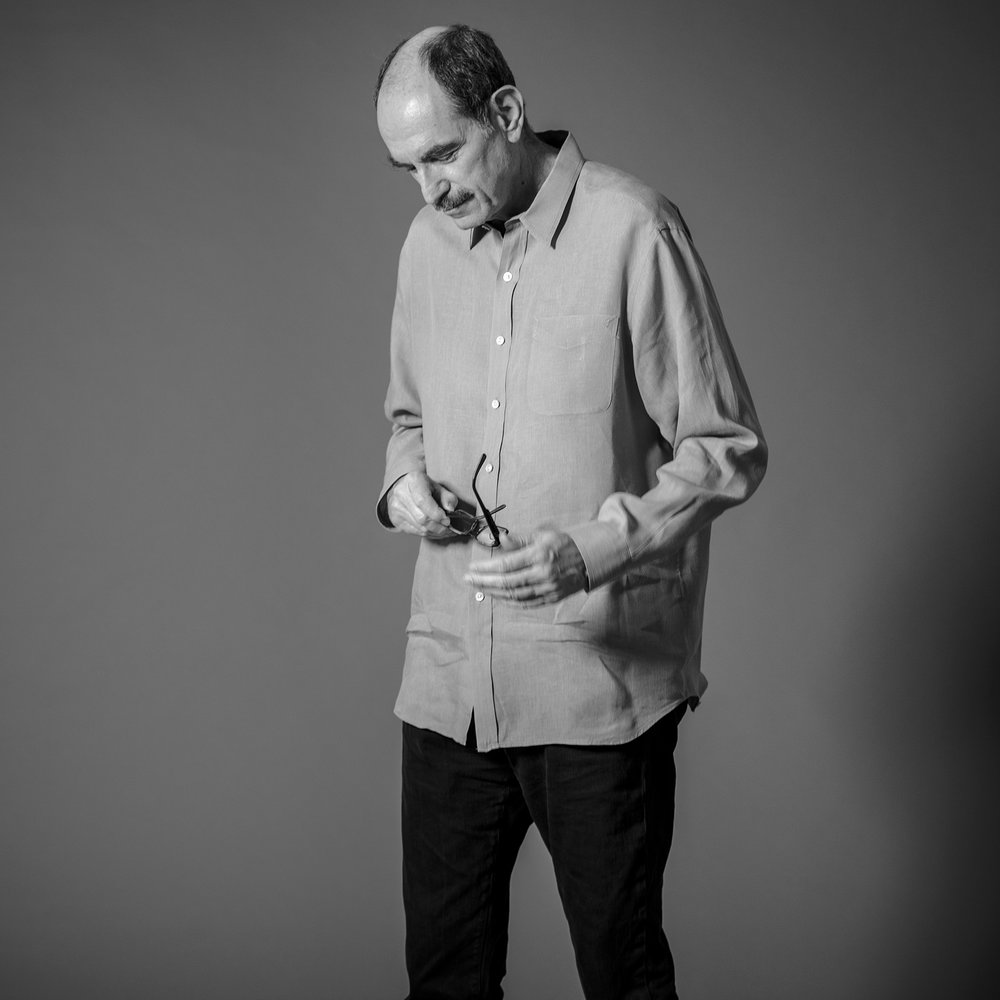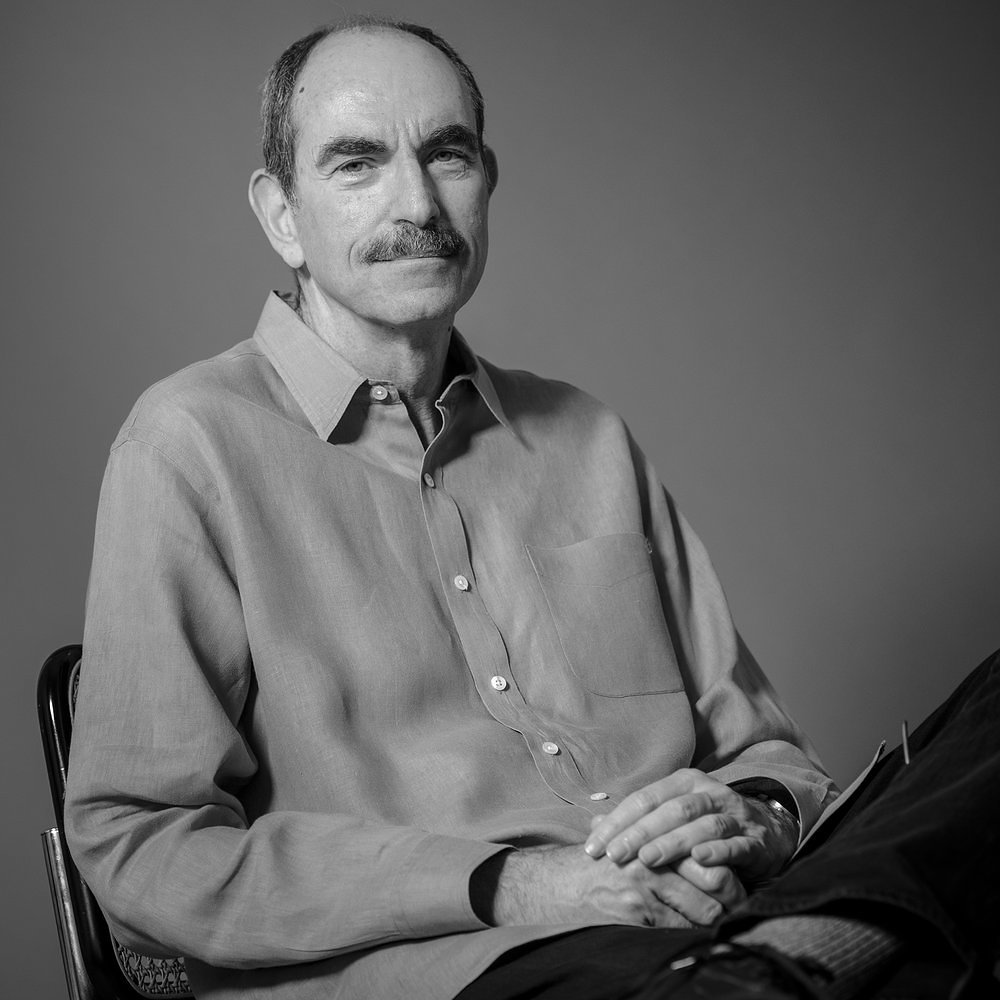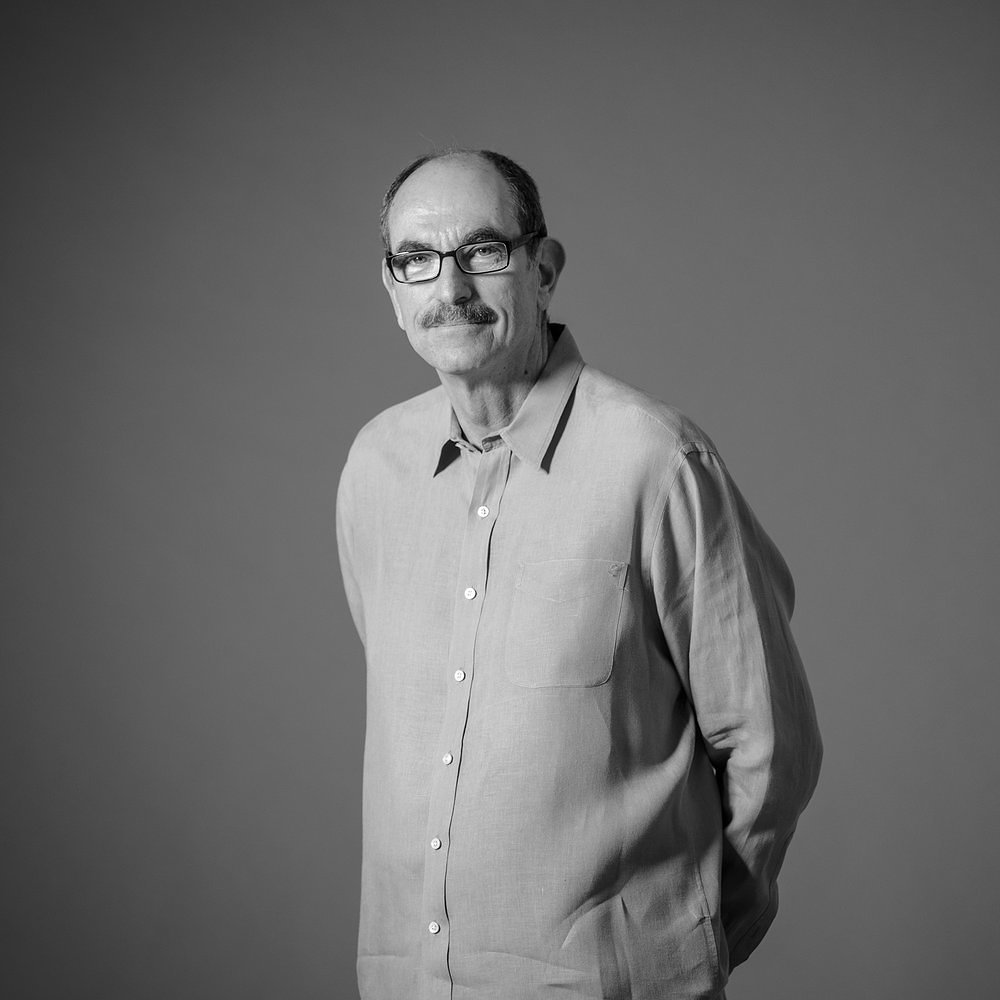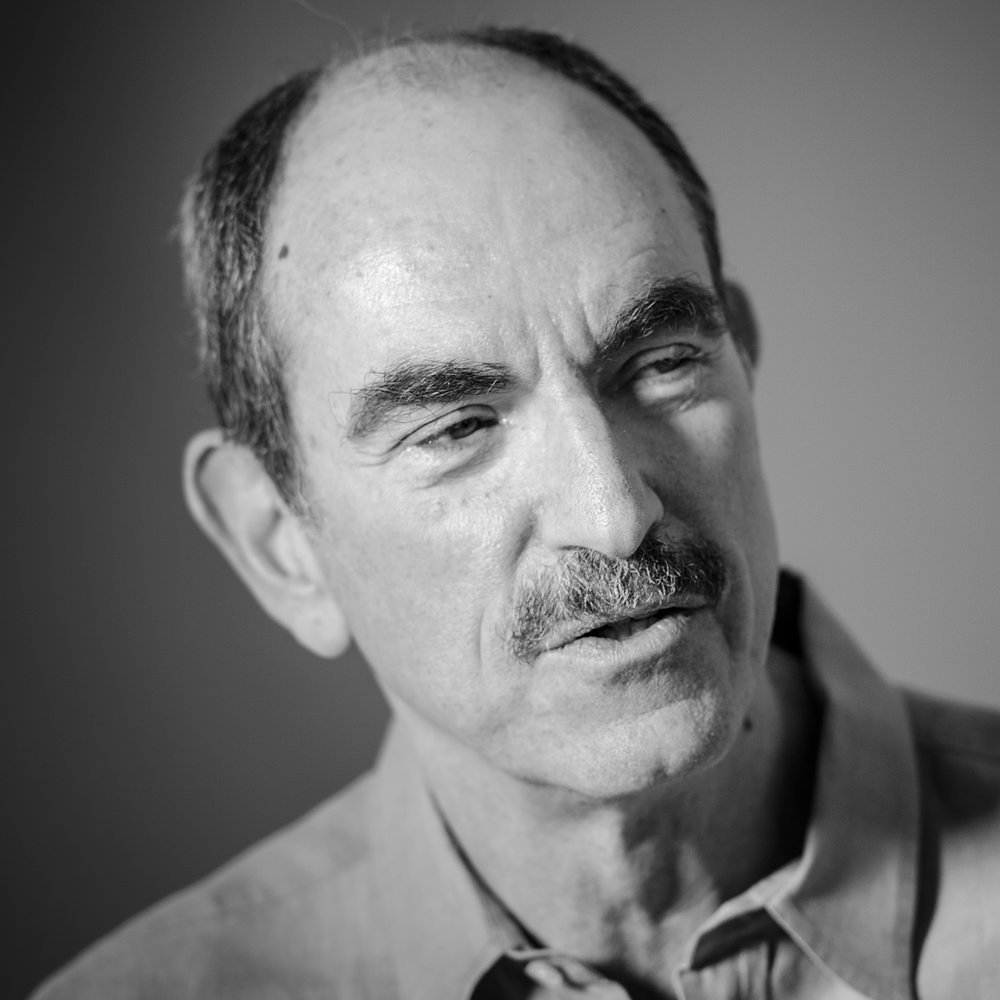Issue 10 / June 2015
Desiring Differently
by Jutta Person
A logical look at love, with Aristotle and Plato: David M. Halperin investigates how we have fatefully conflated and confused sex, love and erotic desire
Has modernity turned love into a dwarf and sexuality into a giant? To capture an image of this inversion, perhaps we should imagine love – that dwarf – standing on the sexual giant’s shoulders. With clinical coldness, the modern gaze has sought to draw aside what it considers a mere dwarf’s tunic to lay bare far more important sights. From Schopenhauer to Freud, as David M. Halperin sums up his project, the truth has lain in the sex drive or one’s own libido. What matters in erotic desire, says the modern perspective, is the subject and not the object. This is a consensus that Halperin, Professor of English and the History and Theory of Sexuality at the University of Michigan in Ann Arbor, intends to question. “I do believe that the tendency to conceptualize all erotic desire in terms of sexuality has been catastrophic for modern thought,” Halperin writes. Fortunately, however, anyone expecting either an austere or a romanticized discourse on love will be disappointed. As Halperin explains, his objective is neither New Age spirituality nor obscurantism. And anyone asking him whether he’s a neo-Platonist receives a subtly ironic reply — it all depends on what one considers Platonism.
David Halperin’s books and essays treat subjects ranging from Theocritus to Joan Crawford; Plato to performance, Proust and Nabokov; contemporary gay identities and the history of homosexuality. Searching for a common thread in all this yields a persistent inquiry into form as a category of thought. In a study of Plato’s Symposium, for example, Halperin the classical scholar explores the parallels between love and irony: both always and simultaneously mean something else. “I want you, but you are not what I want,” might be the summation of the Platonic discourse on love. In its zig-zag trail between comedy and tragedy, Halperin writes, love makes the one genre recognizable within the other. Issues of form and classification are also central to his book How To Be Gay, published in 2012. Here Halperin investigates the cultural patterns that mark gay identities and, indeed, give rise to them in the first place. Melodrama and tragedy, for example, are inseparably tied to gender identities, as his analysis of Hollywood diva Joan Crawford shows. Drawing on her performances in feature films – especially Mildred Pierce (1945) – he demonstrates how the gay appropriation of straight mainstream culture works.
Anyone fortunate enough to hear Halperin’s lecture on love and sexuality (or to read the paper) will encounter both an incisive and polished storyteller and a formal logician. Pop singer Adele’s ballad Someone Like You seems incongruous when played in a gay sauna in Hanoi: its logical connection to the world of anonymous sexual encounters between men is revealed by an Aristotelian syllogism. “Sex is not the aim of eros,” Halperin and Aristotle demonstrate. But if the goal of erotic longing isn’t sex, what is? “To be loved” is Aristotle’s conclusion. But then, Halperin asks, what is sex for? Logic’s famous silence on this issue opens up a landscape of enticing possibilities. For instance, if erotic desire and sex really are completely incommensurable, this very quality becomes a true gift: that of absolute freedom from purpose. An equal familiarity with Plato and contemporary gay writers allows Halperin to suggest the outlines of a “queer metaphysics” and, perhaps, even a new non-spiritual Platonism.
And suddenly, I find myself in a conversation about theory and practice, the ancient past and last night, constructed identities and personal experience, without any of these elements being clearly separable from the others. In the Wissenschaftskolleg library I met an amiable, down-to-earth professor happy to discuss why he became a literary scholar, philosopher and Foucault disciple, how to do the history of homosexuality, and how the formal category of genre has informed his work from the beginning.
Born in Chicago in 1952, Halperin grew up in both the United States and France. His family divided its time between Chicago and Paris, where he attended lycée. After graduating from Oberlin he earned his doctorate at the Department of Classics at Stanford with a dissertation on Theocritus and the ancient tradition of bucolic poetry. The subject may have seemed a bit remote at the time, given the political upheavals of the 1970s and the still-fresh memories of the 1969 Stonewall riots, in which the LGBTQ community of New York’s Greenwich Village revolted following a police raid on a gay bar – the Stonewall Inn – ushering in the gay liberation era. Yet it’s a mistake to assume the existence of an unbridgeable divide between contemporary politics and classical studies – something made clear in the pioneering work of Michel Foucault.
One might then ask Halperin how classical studies at Stanford in the 1970s, when he was a budding Foucauldian, confronted the surrounding political ferment. He says that for a long time they really were separate worlds, but that the barriers were being breached. One such moment came in 1978, when the publication of volume one of Foucault’s History of Sexuality in English coincided with singer-turned-political-crusader Anita Bryant’s “Save Our Children” campaign to repeal anti-discrimination laws in the US – which itself spawned a legendary and successful counter-movement. That same year, when the unsuccessful Briggs Initiative to ban gay men and women from teaching in California public schools came up for a vote, Halperin was a teaching assistant for a course in which Plato’s Symposium was assigned. The day before the vote, the professor handed the lecture over to his young assistant, who then proceeded to weave Platonic eros, Socratic education and the controversial Initiative into the discussion.
The links became more systematic in the eighties. The second and third volumes of Foucault’s History of Sexuality were published in 1984. “I believe that I was the sole North American classicist to give the work a favorable review,” Halperin says today with a trace of pride. Following his initial work on Theocritus and a second project on Plato and Greek philosophy, he returned to Foucault in the latter part of the decade. It was also the beginning of his commitment to lesbian and gay studies, where the omnipresent topic at the time was the HIV/AIDS epidemic: “It was for that reason too that Foucault took on new meaning and importance for me – for instance the way he thought about power and resistance applied perfectly to the activism that grew up around the issue of AIDS. That had a great impact on me.”
These research strands all came together in 1990 in Halperin’s book One Hundred Years of Homosexuality and in a co-edited collection of essays, Before Sexuality: The Construction of Erotic Experience in the Ancient Greek World. Some years later his equally analytical and flamboyant monograph Saint Foucault: Towards a Gay Hagiography – a play on Sartre’s Saint Genet – explains his personal and academic interest in Foucault. Even if the French critic and philosopher did not play a public role as a gay activist, his work politicized sexuality by treating it as a crossing point for relations of power and knowledge, instead of as a biological fact.
Halperin further mined this vein in How To Be Gay. This book, its title a sly take on self-help literature, had its origins in a college course Halperin first taught in the fall of 2000 at the University of Michigan that sent enraged conservatives to the barricades. Advocates of “family values” accused him of converting heterosexual students to homosexuality. Its syllabus made clear that Halperin’s purpose was to examine cultural patterns, including style, social habits, and aesthetic appropriations – in short, to understand gayness as a form and a cultural practice in no way restricted to homosexual men. In Joan Crawford to Judy Garland, gay men have found, according to Halperin, metaphorical possibilities for imagining an alternative to mainstream hetero culture, one that privileges the inauthentic and the performative in typically postmodern ways.
How To Be Gay also demonstrates how gay identities evolved in the post-Stonewall era of the 1970s. Gays and lesbians had fought to gain acceptance and achieved a modicum of social equality. Now they could be themselves in public, on the condition of conforming to proper gender norms. “You could be gay without being effeminate,” Halperin says, summarizing the discovery made by gay male communities in the 1970s. Indeed, effeminate forms of manhood became discredited, which Halperin ascribes to the contempt that accompanied young men’s attitudes to earlier gay roles that were seen to result from centuries of repression and homophobia. Interest in the cultural practices of the bad old days of the pre-Stonewall period (which was occasionally colored by nostalgia, Halperin notes) made a comeback in the 1990s, in queer culture. How To Be Gay is also a queer plea to embrace the full spectrum of gay male femininity, all the queens and fairies jettisoned by post-Stonewall hipsters and bros.
This brings us back to Halperin’s current project, because gayness as a cultural practice yields rich insights into the phenomenon of modern erotic desire. One chapter of his three-part endeavor, which examines the fateful shifts in the Western tradition’s logic of love, is dedicated to the links between Aristotelian logic and desire. In other words, what would we see by observing the modern giant of sexuality from a different perspective, one that views desire differently and looks beyond the sexual subject? “I would like to leave open the possibility that a person’s desire might have something to do with the object, or with the properties of the object,” Halperin remarks. And, returning to our above query about neo-Platonism, Halperin finally answers, Socratically, with another question: “What would be the modern equivalent of Platonism? Can we imagine an approach to the object that would take its beauty, that would take what’s desirable about it, seriously?”
More on: David M. Halperin
Images: © Maurice Weiss
